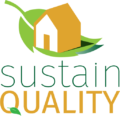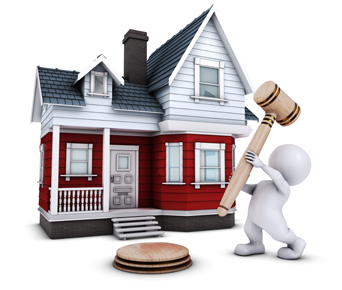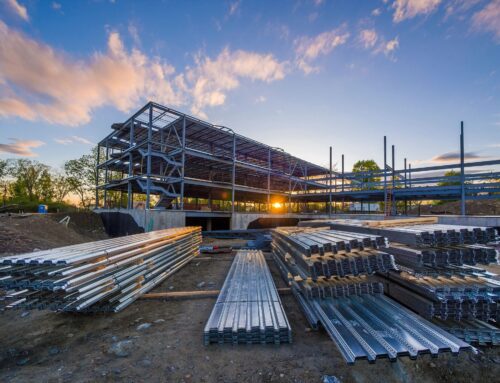The Building Regulations in England were updated in June 2022. This is the first in a series of changes which will be made between now and 2025. That’s when the Future Homes Standard will come into effect, which will require all homes to produce 75-80% fewer carbon emissions. From 15 June 2022, all new homes should produce 31% fewer carbon emissions than was previously acceptable.
The energy efficiency of buildings comes under Part L of Building Regulations. SAP calculations for dwellings come in two different types: L1A for new builds, and L1B for conversions and extensions of existing dwellings.
Under the new legislation, new dwellings (L1A) will be assessed with a new SAP methodology which sets higher requirements for insulation as well as a new target primary energy rate.
A new requirement was also introduced for self-builders – people who directly organise the design and construction of their own home – to conduct an on-site audit in order to confirm that the building matches the plans. This must be backed up with photographic evidence.
The new regulations also address thermal bridging by calling for the use of products which reduce this loss of heat. New build dwellings will need to show the SAP assessor drawings of all thermal junctions, and its insulation continuity.
Buildings being extended or must meet the same insulation standards. The boiler efficiency will need to be assessed when extending the heating system, and upgrades may be required to bring the boiler to 92% efficiency levels, with the maximum flow temperature in a central heating system lowered to 55°C.
Extensions are also required to have no more than 25% floor area as glazing, unless homeowners can demonstrate overall compliance with thermal insulation.
Compliance with the new regulations is necessary to achieve an SAP score which allows for construction to go ahead – and for the UK to reach its net zero emissions target by 2050.





